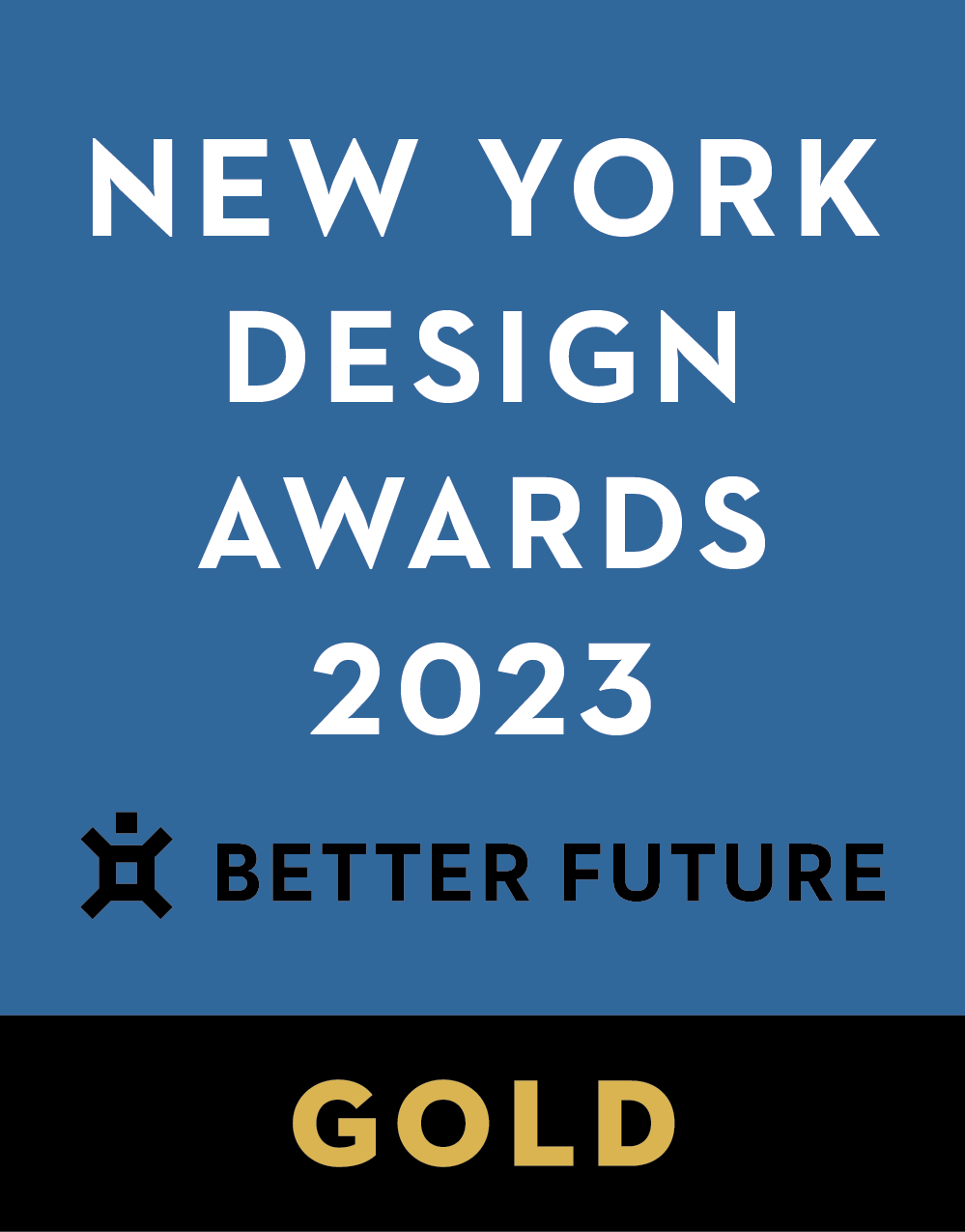










Project Overview
To revitalize and sustainably operate the Tropical Expo Base and to meet the demand for the development of the local agricultural industry, the local government has planned the Pingtung Tropical Agricultural Specialty Industrial Park. The park will focus on the agricultural industry, and integrate tourism and leisure, agri-food education, agricultural marketing, and other diversified fields. The development of the park aims to promote the effective use of land, enhance industrial competitiveness, increase employment opportunities, and build the park into a "Southbound Regional Agricultural Incubation Base".
The Tropical Agricultural Specialty Industrial Park is located in Pingtung County, on the north side of the Pingtung Alluvial Plain, adjacent to National Highway No. 3 on the northeast, and Highway 27 on the south. The total area of the base is approximately 29.01 hectares, with 11.58 hectares of public facilities, including green belts, a park, a retention basin, wells, power supply facilities, sewage treatment facilities, water supply facilities, parking lots, and roads, as well as 17.43 hectares of agricultural land.
Organisation
Team
Pingtung County Government, Chou Chun-Mi, URBANET GROUP, SHANGFA CONSTRUCTION CO., LTD., United Earthwork consultants
YUAN PU Architect Incorporated
Project Brief
The development of Pingtung Tropical Agricultural Specialty Industrial Park, in addition to re-planning the base, also integrates the entire park with ecology to achieve the goals of a friendly environment and education. Located in the center of Pingtung, the Tropical Agricultural Specialty Industrial Park has a unique tropical agricultural landscape and industry in Southern Taiwan, and can maximize the benefits of agricultural operations by combining multiple functions such as tourism and leisure, agri-food education, and agricultural product marketing.
The theme of the park is farm life, transforming the base into a participatory space and education venue. The park features animal images commonly found in rural areas, such as the "pig" symbolizing prosperity, the "dog" symbolizing good fortune, the bronze sculptures of geese, and the steel plate silhouette of an eagle catching a chicken, etc., to represent the images of rural life.
In the retention basin area, there are bronze sculptures of cats, shepherd children, and cows. In the green area, there are FRP figurines of hens and chicks, FRP skeletonized eggs, and painted caterpillar imagery on ventilation pipes.
Project Innovation/Need
Integrating elements of the Tropical Agricultural Expo: The base has hosted the Pingtung Tropical Agricultural Expo for eight years since 2015 and has created a trend of painted rice fields throughout Taiwan. The fruit gallery and cute animals in the expo were also popular among the public. The spatial concept of the project is to present the elements and facilities of the Tropical Agricultural Expo that were well received in the park.
Creating a Sustainable Environment: The landscape design takes into account the concept of low-impact development and rainwater management. Rainwater chains (including grass ditches, gardens, ponds, and landscaped pools) are constructed within the isolated green belts and connected to the detention basin to create a sustainable ecological environment. To minimize the disturbance and change of the natural environment caused by man-made projects, the concept of corridors is used in the park to provide habitats, guidance, and filtration to ensure that the local ecosystem will not be damaged.
Design Challenge
Preservation of original trees on the site: It took a number of surveys and meetings to determine the disposition of each type of tree, from species surveys and records to the establishment of a planting inventory and the participation of planting professionals in the assessment. A total of 649 original trees are preserved and 489 trees are transplanted.
Solving Natural Drainage Problems: Since the distance of the rainwater retention chain is long, permeable pipes are installed under the permeable walkway that separates the green belt to form a rainwater chain with a total length of about 1,060 meters around the park. Wells are also planned every 60 meters to drain the remaining rainwater to canals, the retention basin, and drainage ditches.
Sustainability
●Strengthening the water retention capacity
Rainwater chains, including grass ditches, water gardens, ponds, and landscaped ponds, are built within the isolated green zones. A retention pond with ecological, disaster prevention, educational, and recreational functions is planned to realize the concept of rainwater management.
Expansion of the Park's Green Belt: The team is planning isolation green belts. The isolation green belt around the park serves as a link between the water and the green planting system inside and outside to form a complete landscape ecology. At the same time, the tree preservation and transplantation program reduce the impact of development on nature. The calculated greenable area of the park is 101,999 square meters, and the actual green coverage is 61,278 square meters. The green coverage rate of the park is 60.08%, which follows the law.
Optimizing Daily Energy Conservation Management: To improve the efficiency of the park's water and electricity resource management, the project plans automated and water-saving facilities to recycle and reuse water and other resources to contribute to the sustainable operation of the industry through energy conservation.
Urban Design - International
This award celebrates creativity and innovation in the process of designing and shaping cities, towns and villages, and is about making connections between people and places, movement and urban form, nature and the built fabric. Consideration given to giving form, shape and character to groups of buildings, streets and public spaces, transport systems, services and amenities, whole neighbourhoods and districts, and entire cities, to make urban areas functional, attractive and sustainable.
More Details

